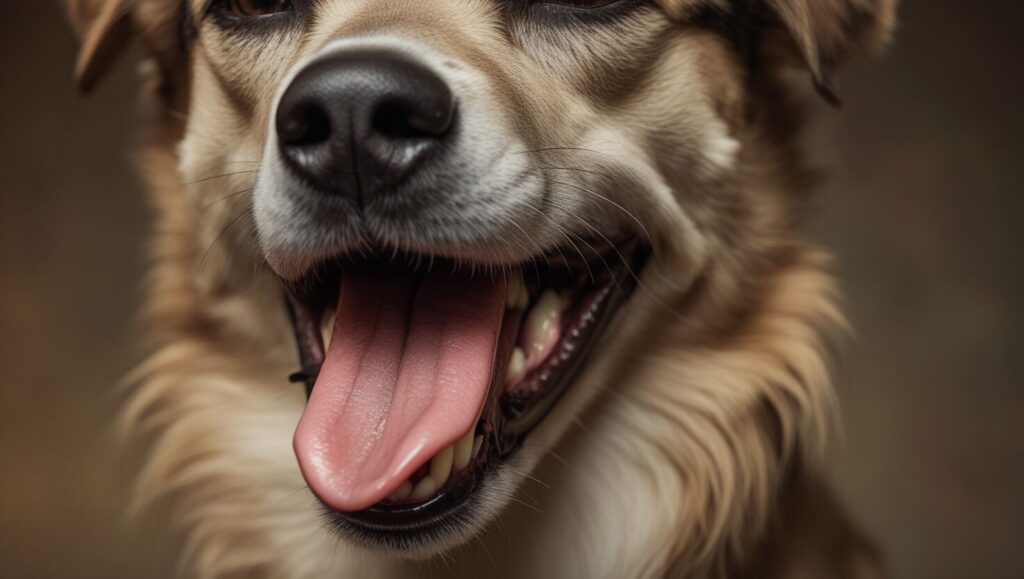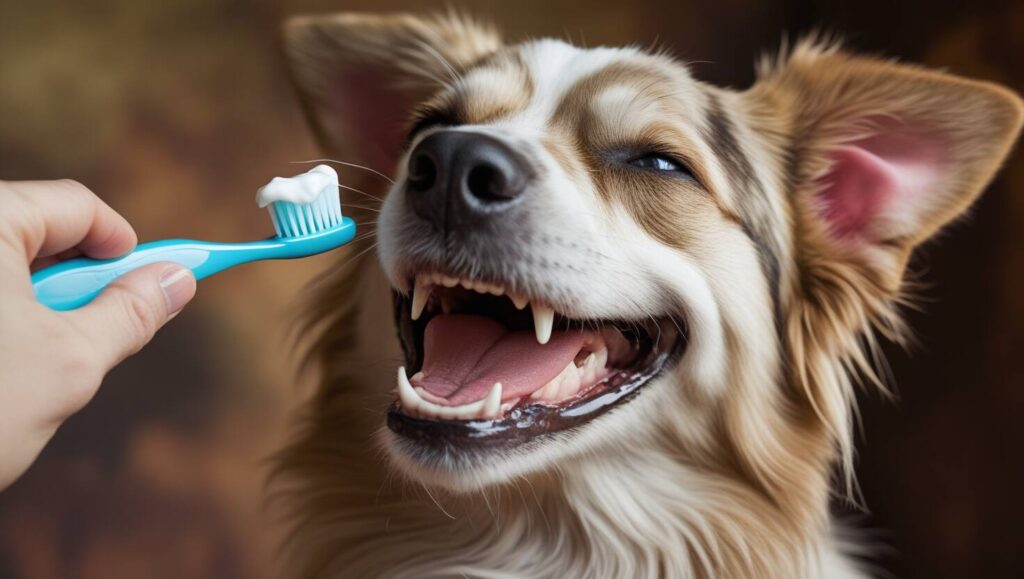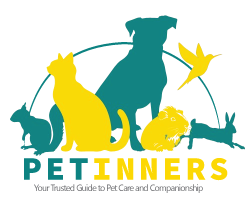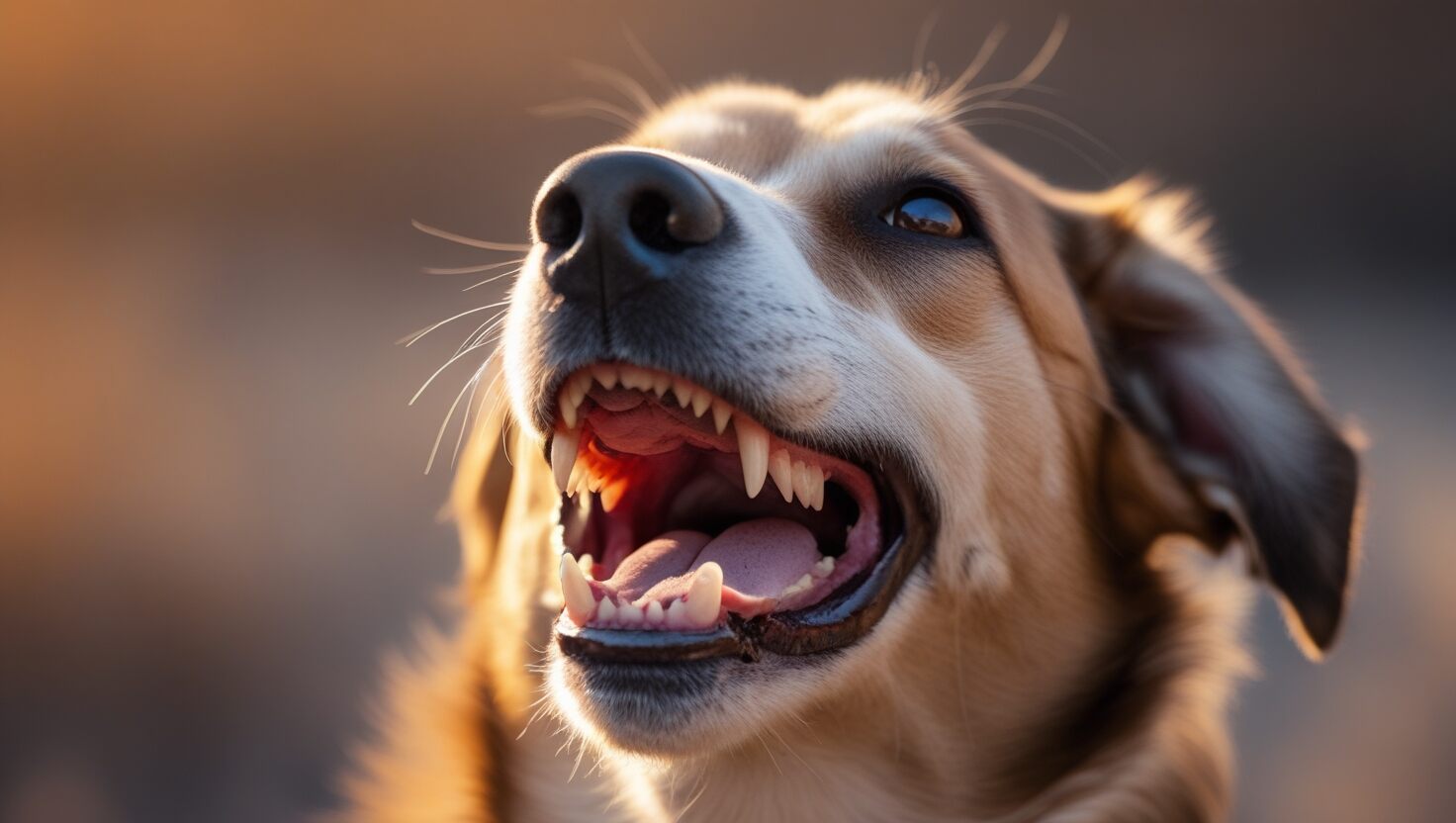Are dogs mouths cleaner than humans

A dog’s mouth isn’t cleaner than a human’s; both carry billions of bacteria. Dogs have unique oral bacteria, like Porphyromonas gulae, which can cause periodontal disease. Regular brushing, dental treats, and vet checkups are essential to maintain your dog’s oral health and minimize risks to humans.
Cleanliness of a Dog’s Mouth
Dogs’ and humans’ mouths are home to billions of bacteria and microbes, but the idea that one is “cleaner” than the other is a myth. According to research by Harvard University and the University of Pennsylvania, there are key differences and some similarities between the two. Dogs host unique species like Porphyromonas gulae, which is linked to periodontal disease and is similar to the Porphyromonas gingivalis found in humans. While both species can suffer from gingivitis, plaque buildup, and inflammation, the oral environment of canines is shaped by their diet and exposure to items in their environment, like fecal matter.
Veterinary experts like Colin Harvey, a professor at the American College of Veterinary Medicine, emphasize regular dental care. Without proper home care or professional cleaning, dogs can develop abscesses, bad breath, and gum damage, just like humans. However, zoonotic concerns are minimal due to differences in tissue and hygiene practices. With around 600-615 varieties of oral bacteria in each, comparing their mouths is like comparing apples to oranges. Regular veterinarian visits can help maintain your companion’s health and prevent signs or symptoms of disease.
Infections and Risks From Dog Saliva

General Risks of Dog Saliva
Dog saliva contains germs, including bacterial and viral pathogens, which can pose risks to humans. Certain zoonotic diseases might be transmitted through licking eyes, nose, or mouth, or via a bite. The possibility of infections like flu, or rare cases of salmonella, increases with a raw diet or exposure to a litter box. While exceptions exist, kissing your loved dog may increase the chance of transmission of incompatible bacteria between species.
Some parts of the body, like broken skin, can absorb harmful pathogens, raising the risk of contracting illnesses. Overall, while the spread of diseases is uncommon, practicing hygiene reduces the chance of swap or contact with potentially harmful substances.
Specific Infections
Dogs’ saliva can carry bacteria and pathogens that pose risks to humans, especially those with compromised immune systems. Proper hygiene reduces the risk.
Bacterial Infections
Pasteurella canis and Capnocytophaga canimorsus are common bacteria found in dog saliva, which may infect bite wounds. People with weak immune systems are more vulnerable. Immediate cleaning with soap and water helps reduce infection, but severe cases need medical attention. Symptoms include redness, pain, and swelling.
Rabies
The rabies virus affects the nervous system and is almost always fatal if untreated. It spreads through saliva via bites. Signs include anxiety, aggression, and disorientation in affected animals. Prompt treatment, including post-exposure vaccines, is critical. Avoid contact with wild animals and report bites to animal control or the public health department.
Risks to Specific Groups
Dog saliva can pose an infection risk to children, pregnant individuals, and the immunocompromised, especially through broken skin or a wound. Certain breeds may trigger allergic reactions like hives or an itchy rash. To prevent issues, avoid unsupervised contact, keep toys outside their reach, and give proper attention to hygiene.
Safety of Dog Licking
Dog saliva has long been believed to have healing powers, with ancient Greeks and Egyptians praising its curative abilities. It contains proteins like histatins that may help clean wounds and protect against some bacteria. However, licking can also introduce contamination and germs into wounds, increasing the risk of infection or inflammation.
Excessive licking can cause trauma or worsen injuries, leading to self-mutilation. Veterinarian care, such as a moist bandage or collar, is a safer remedy. People with allergic reactions, like hives or an itchy rash, should avoid contact with dog saliva and consult a dermatologist for medical advice.
Oral Hygiene for Dogs
Proper oral care is vital to keep your dog’s mouth healthy. Regular brushing with dog-safe toothpaste (never use fluoride) helps remove plaque and tartar near the gum line, preventing decay and periodontitis. A soft-bristled toothbrush paired with flavors like peanut butter or chicken can make the process easier.
Chewable toys and dental treats like Kong, Greenies, or rawhide are great for maintaining a healthy microbiome and reducing discolored or broken teeth. Water additives and a proper diet also support hygiene. Look for ridges or bristles in chew toys that naturally clean teeth.
Watch for signs like bad breath, bleeding, or pain, as these could indicate serious disease. Schedule veterinary appointments for advanced cleaning, such as x-rays, polishing, or a treatment plan to restore oral health if complications arise.
Brushing Your Dog’s Teeth

As a pet owner, regular brushing is key to preventing dental disease in your dog. Use a dog-friendly toothbrush or a finger brush with canine toothpaste in appealing flavors like chicken. This removes plaque and debris, protecting teeth and gums while creating a barrier against buildup.
Make it a daily chore to keep your dog’s mouth healthy. For prevention, complement brushing with treats, dental chews, or special food that reduces tartar. These products are vet-recommended and easy to apply to your routine.
Schedule an annual appointment with your vet for professional cleanings and advice on maintaining a clean and healthy mouth.
Conclusion
While dogs and humans both have billions of bacteria in their mouths, the idea that one is “cleaner” than the other is a myth. Dogs host species-specific bacteria like Porphyromonas gulae, which can cause periodontal disease. Proper oral care, such as brushing with canine toothpaste and using dental treats, is essential to maintain your dog’s oral health. Additionally, dog saliva can carry bacteria that pose risks to humans, particularly those with compromised immune systems. Avoid letting your dog lick wounds or sensitive areas like the mouth, nose, or eyes to reduce the risk of infection. Regular veterinary visits for dental examinations and cleanings are critical to prevent complications like gum damage, abscesses, or bad breath. By maintaining good hygiene practices, you can ensure your dog stays healthy while minimizing potential risks to yourself.
Kindly note: The content shared in this blog is gathered from online sources, some of which may not be verified. For accurate guidance on caring for your dog, it is recommended to seek advice from a qualified veterinarian.

